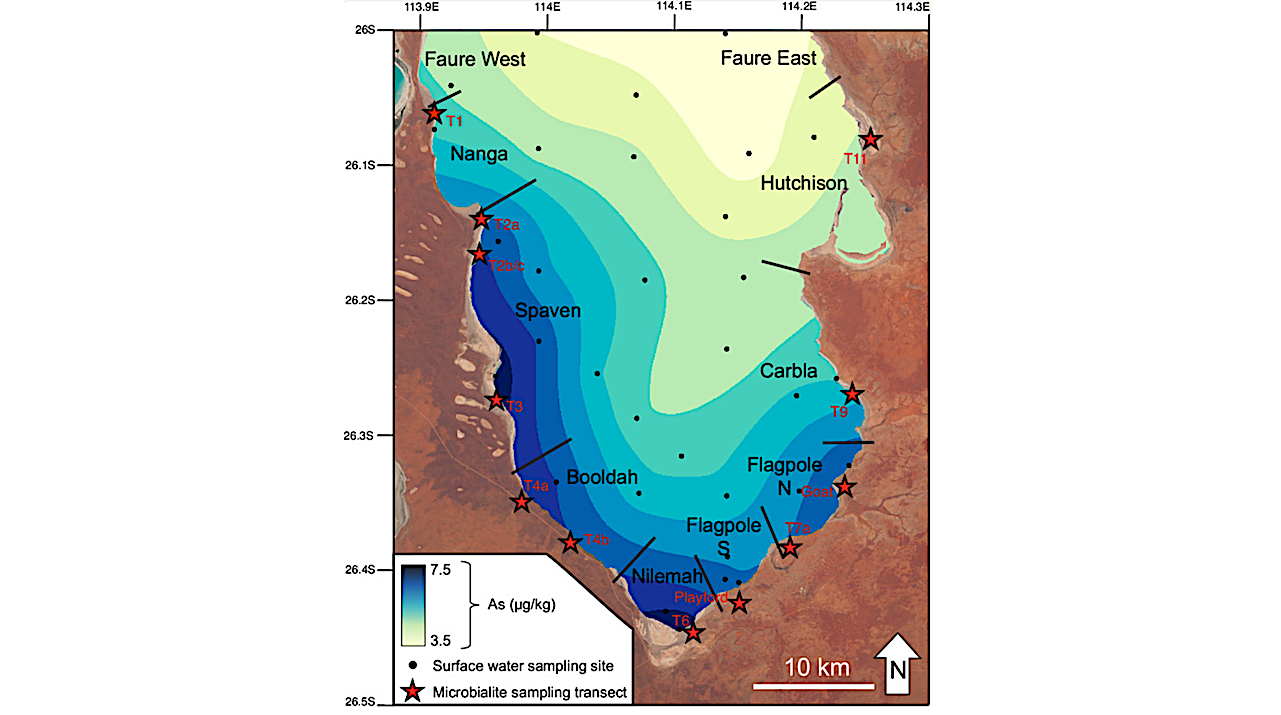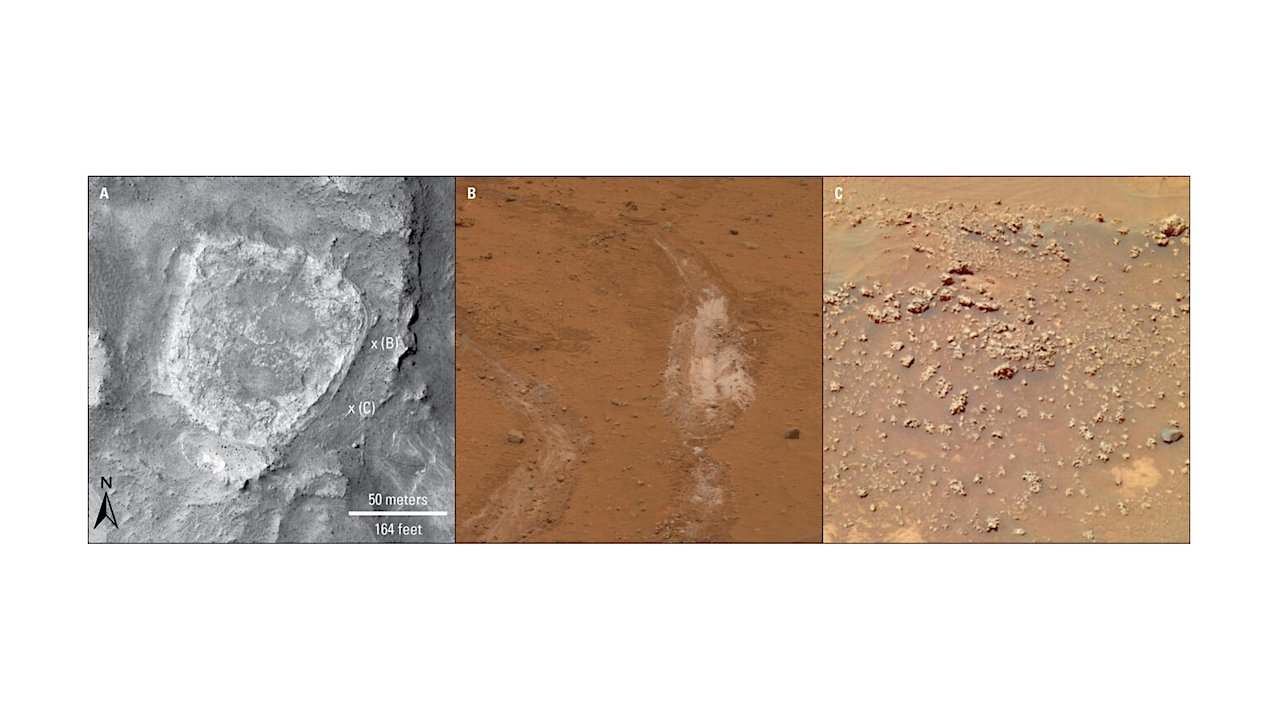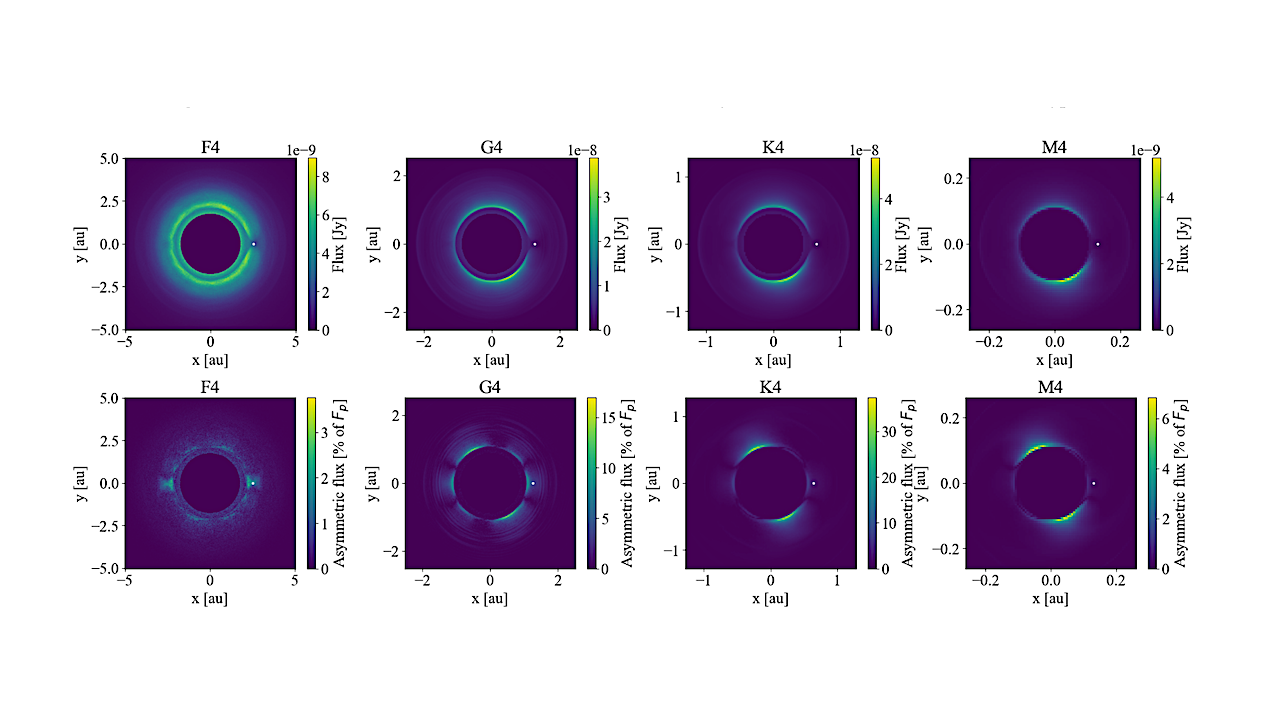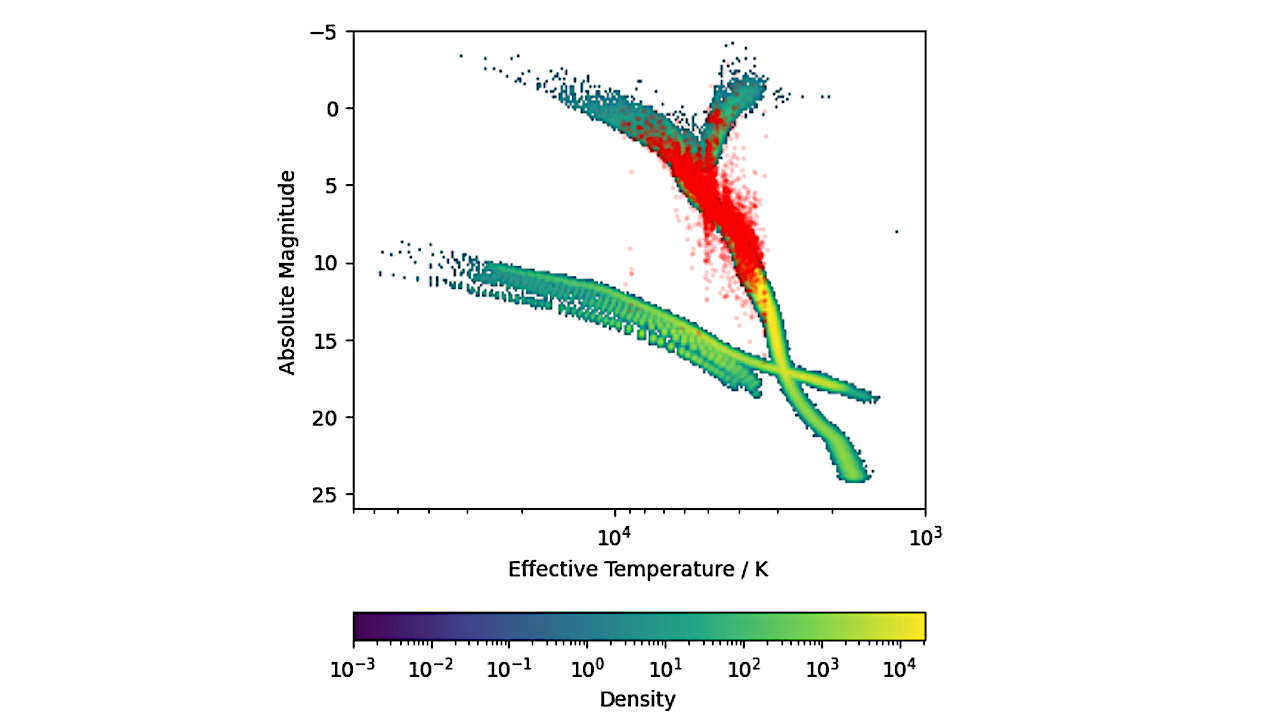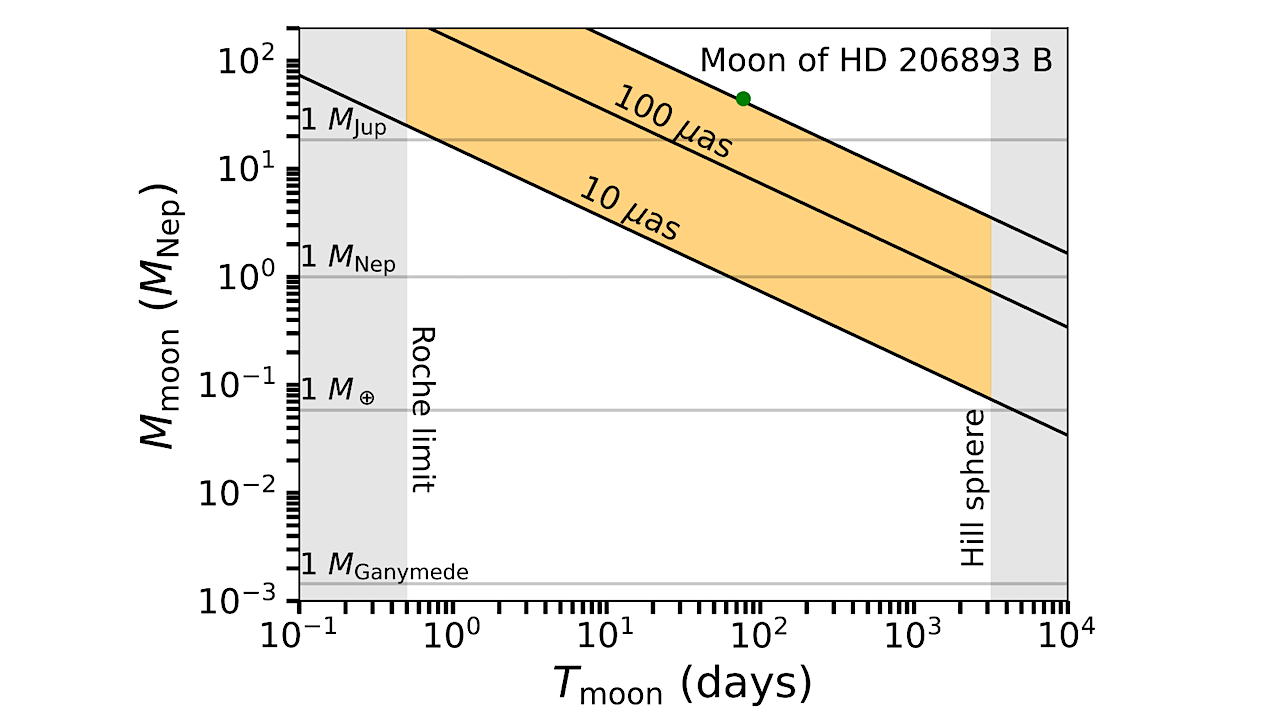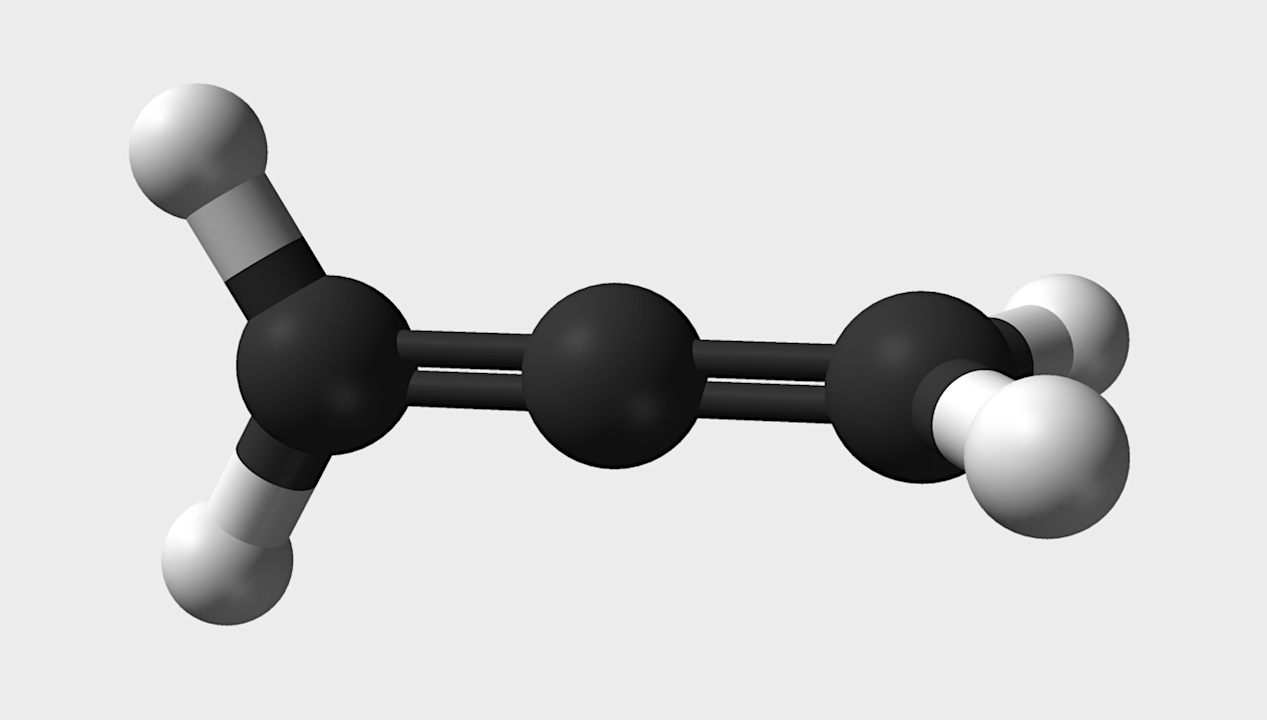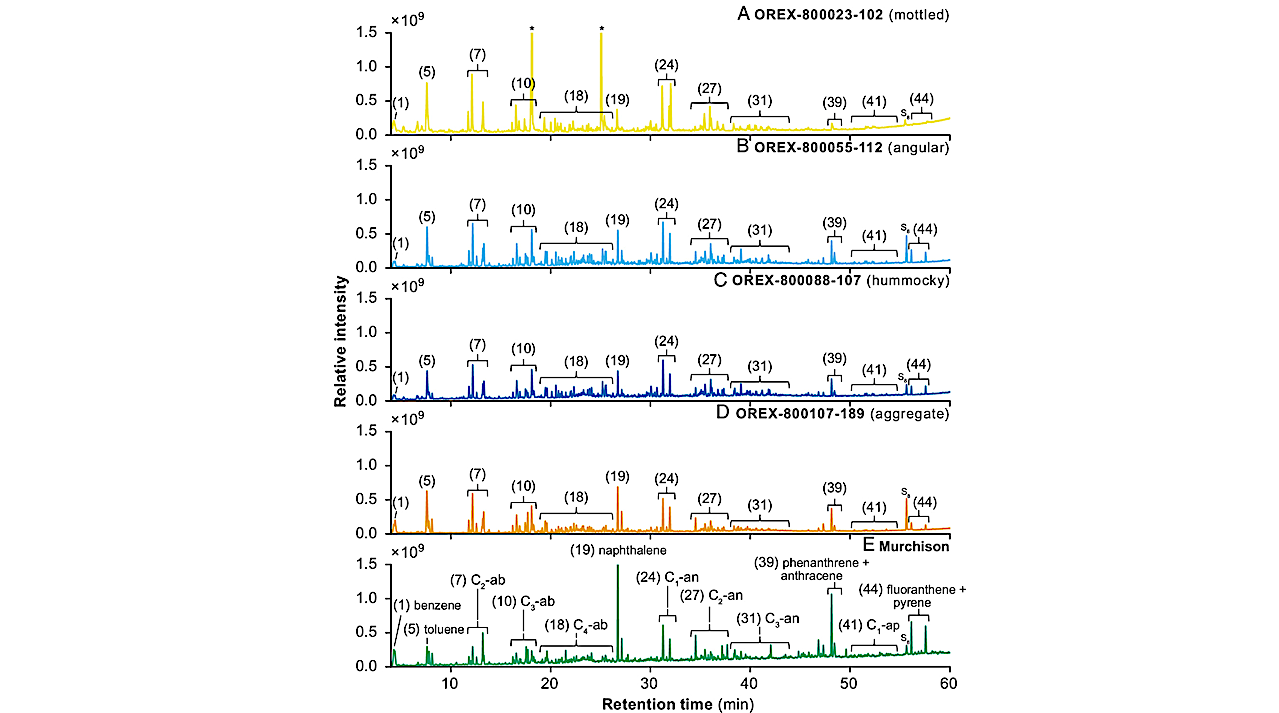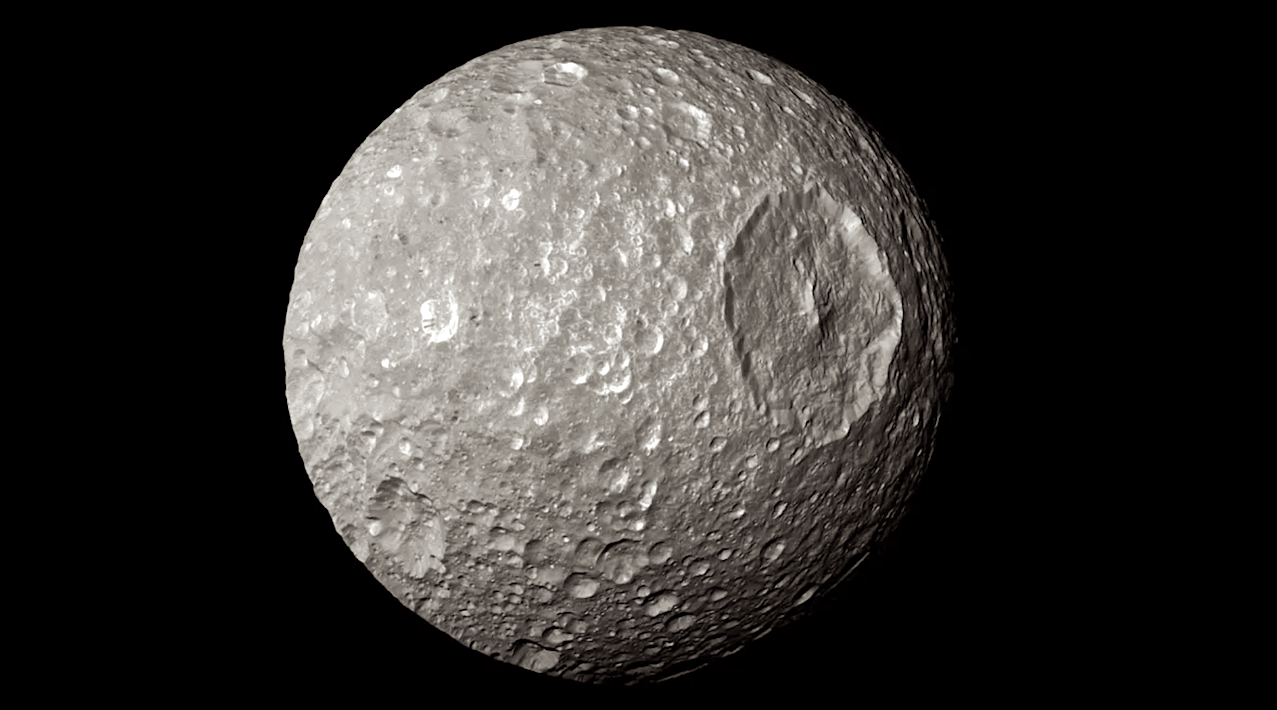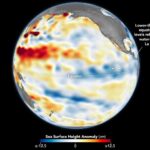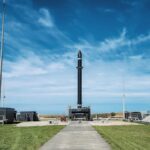The illustration shows a cutaway revealing the interior of early Earth with a hot, melted layer above the boundary between the core and mantle. Scientists think some material from the
Astrobiology14- Page
Arsenic Enrichment Patterns Are Defined By Microbialite Morphology, Fabric, And Accretion Mechanism.
Concentrations are shown in µg/kg. Black circles represent seawater sampling locations; red stars denote the shoreline position of microbialite sampling transects (coordinates listed in Supplementary Table 3). Black lines represent
Hydrothermal deposits on Mars. (A) This image was acquired by the Mars Reconnaissance Orbiter’s High Resolution Imaging Science Experiment camera on November 22, 2006. It shows a bright plateau of
Flux with central regions masked (10 µm; upper row), and corresponding asymmetric flux relative to the planet flux Fp (lower row), following the format of Fig. 6. This masking emphasizes
Hertzsprung–Russell diagram comparing the BGM-simulated stellar population (background) with the subset of Gaia sources (superimposed in red) for which reliable effective temperatures and absolute magnitudes are available. The Gaia sample
Analytical predictions for the astrometric effect of a moon with varying mass and distance to HD 206893 B. GRAVITY could in principle detect moons lower than a Neptune mass at
cyclopropenone – WIkipedia We report the first detection in space of propadienone, the linear isomer (l-H2C3O) of cyclopropenone (c-H2C3O). We also report the first detection of the isotopologue c-H213CCCO, and
Free organic volatiles and IOM thermal degradation products liberated by flash heating to ~610 °C of Bennu samples. Shown are total ion chromatograms obtained by pyrolysis analysis of Bennu (A–D)
Saturn’s moon Mimas, imaged by the Cassini spacecraft. A new study shows how such small ice moons could sustain a liquid ocean beneath an icy shell, and how that could
Close-up view of bacterial communities thriving at the vent site. The distance between the two green laser points is 9 cm, providing a scale for the dense microbial structures visible
-
 012024 in Review: Highlights from NASA in Silicon Valley
012024 in Review: Highlights from NASA in Silicon Valley -
 02Panasonic Leica Summilux DG 15mm f/1.7 ASPH review
02Panasonic Leica Summilux DG 15mm f/1.7 ASPH review -
 03From Polymerization-Enabled Folding and Assembly to Chemical Evolution: Key Processes for Emergence of Functional Polymers in the Origin of Life
03From Polymerization-Enabled Folding and Assembly to Chemical Evolution: Key Processes for Emergence of Functional Polymers in the Origin of Life -
 04How New NASA, India Earth Satellite NISAR Will See Earth
04How New NASA, India Earth Satellite NISAR Will See Earth -
 05And Thus Begins A New Year For Life On Earth
05And Thus Begins A New Year For Life On Earth -
 06Astronomy Activation Ambassadors: A New Era
06Astronomy Activation Ambassadors: A New Era -
07SpaceX launch surge helps set new global launch record in 2024



